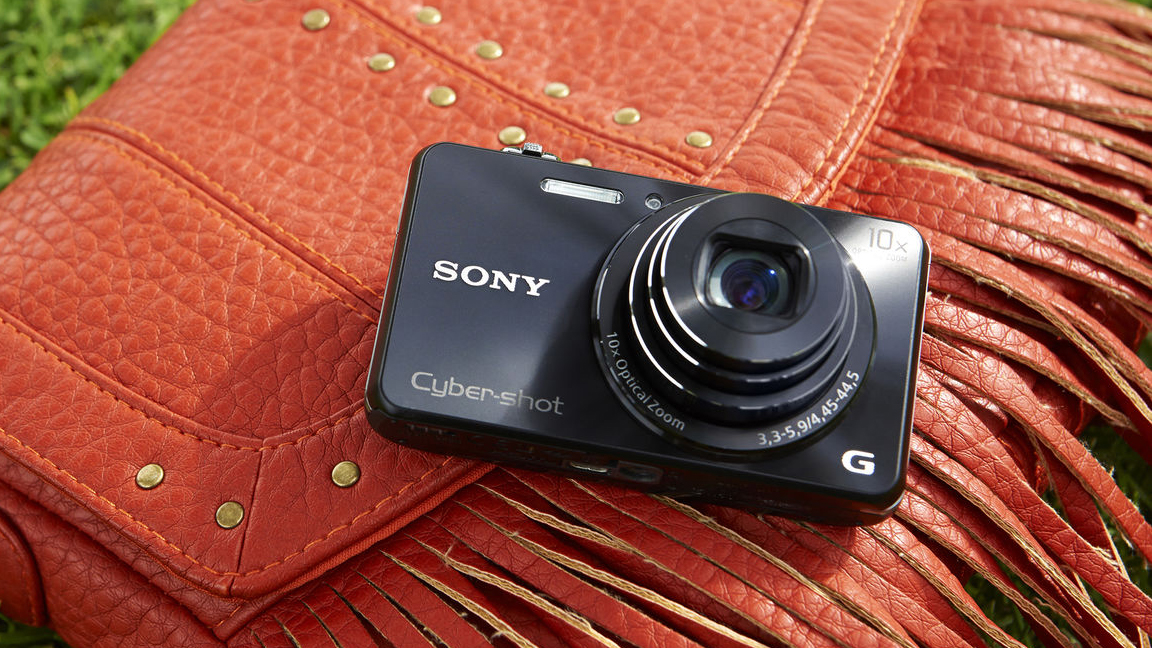TechRadar Verdict
Reasonably priced, with good performance, a decent zoom range and fine in-camera processing abilities, the WX220 is a good choice for an all-round compact.
Pros
- +
Compact
- +
10x zoom
- +
Built-in Wi-Fi
- +
Good range of filters
Cons
- -
Tricksy menus
- -
Some image smearing
- -
No grip or thumb-rest
- -
No PlayMemories apps
Why you can trust TechRadar
Compact cameras such as the Sony Cyber-shot WX220 are designed to appeal to those who still want to carry a dedicated camera device, or aren't quite satisfied with what their smartphone can do.
The Cyber-shot WX220 is a simple compact camera, but it offers quite a lot for its diminutive package. Probably the most appealing to those who already have a decent smartphone is the 10x optical zoom lens, which most smartphones just don't offer.
Sony Cyber-shot WX220: features
- The 10x optical zoom lens offers a coverage of 25 to 250mm
- Isn't aimed at those who want to take control of every setting
- Full HD video recording is available, as is built-in Wi-Fi and NFC
Along with that zoom length, there's an 18.2MP Exmor R CMOS sensor. Exmor R is Sony's term for back-illuminated, which should make the camera a decent performer in low light.
The 10x optical zoom lens offers a coverage of 25 to 250mm, making it versatile for the majority of situations. It's also very small, certainly being one of the smallest 10x optical zoom cameras currently on the market. If the 10x zoom isn't quite enough for you, then there's also the option to use digital zoom here too, though image quality will be sacrificed.
The rest of the spec is pretty simple. There's a 2.7-inch, 460,000 dot LCD screen, which isn't touch sensitive. This isn't a camera aimed at those who want to take control of every setting, and as such most of the modes available on the Cyber-shot WX220 are automatic. There is a Program Auto mode, which gives you the opportunity to change settings such as white balance, but not more advanced parameters such as aperture or shutter speed.
Those who are used to Instagram and other image editing apps will be pleased to know that there's a range of digital filters available on the Cyber-shot WX220, along with Sony's Sweep Panorama mode, the technology that the company pioneered.
Full HD video recording is available, as is built-in Wi-Fi and NFC. Unlike some of the other Sony cameras in the range, you can't download PlayMemories apps for the WX220 though.
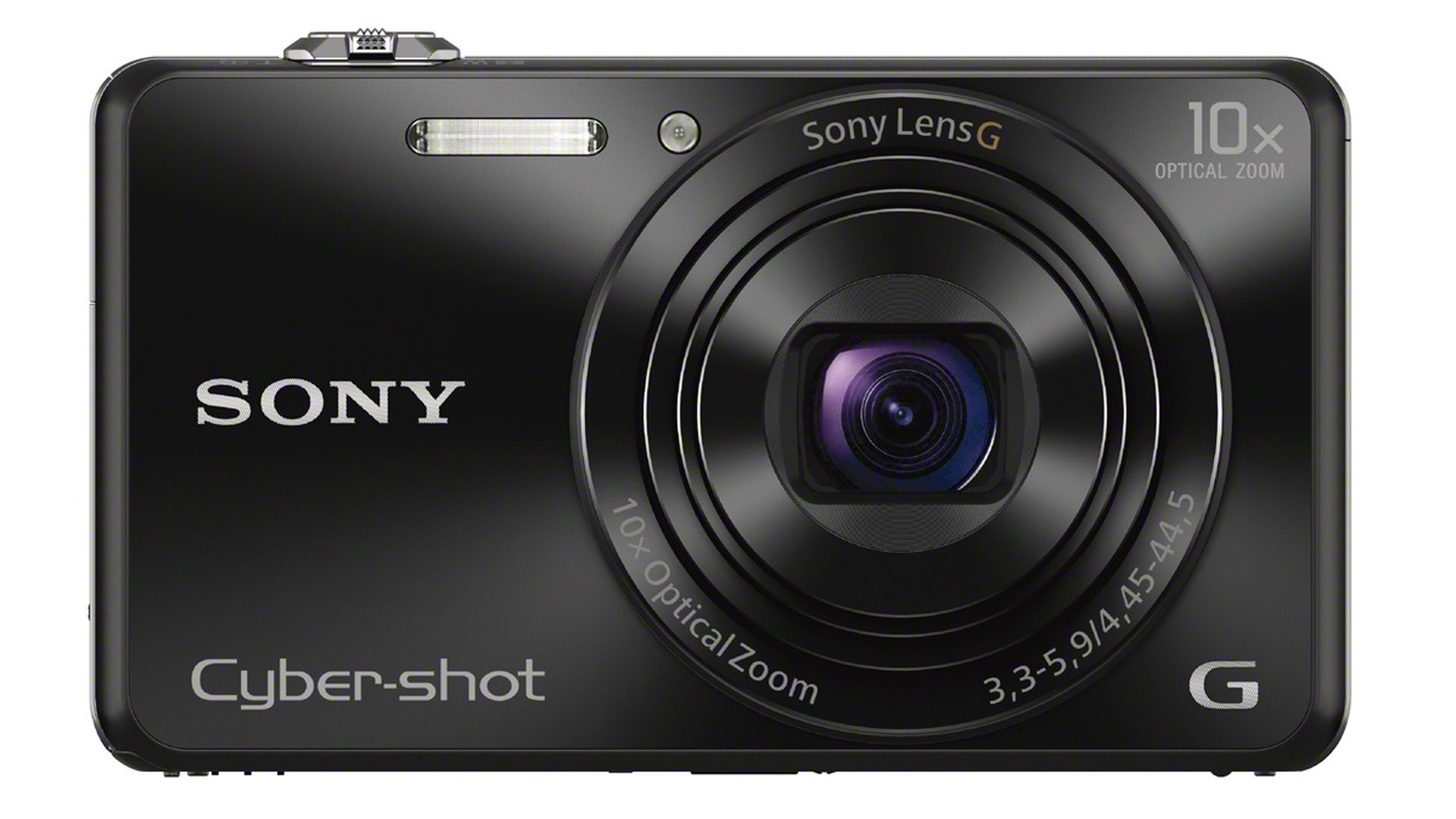
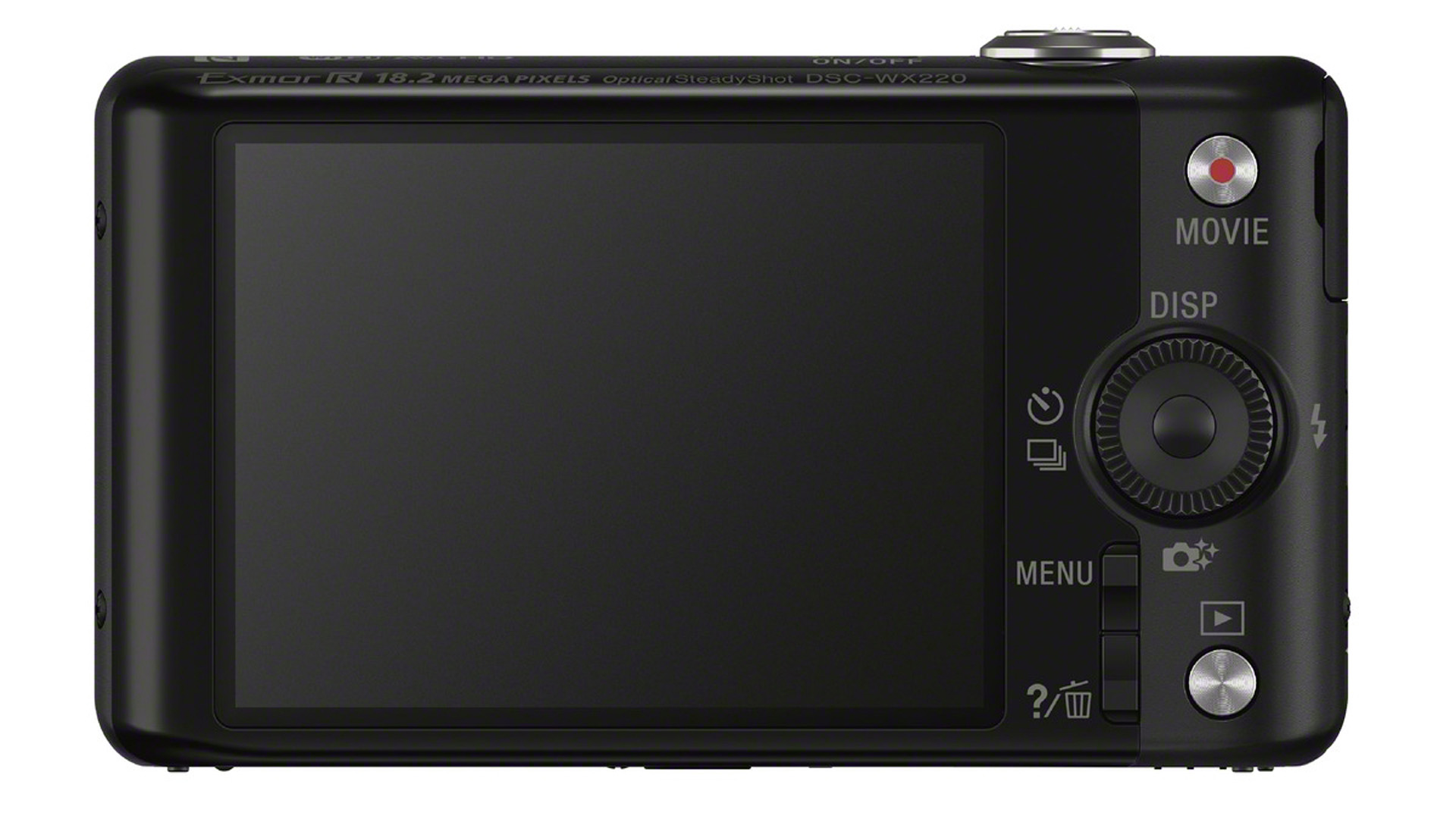
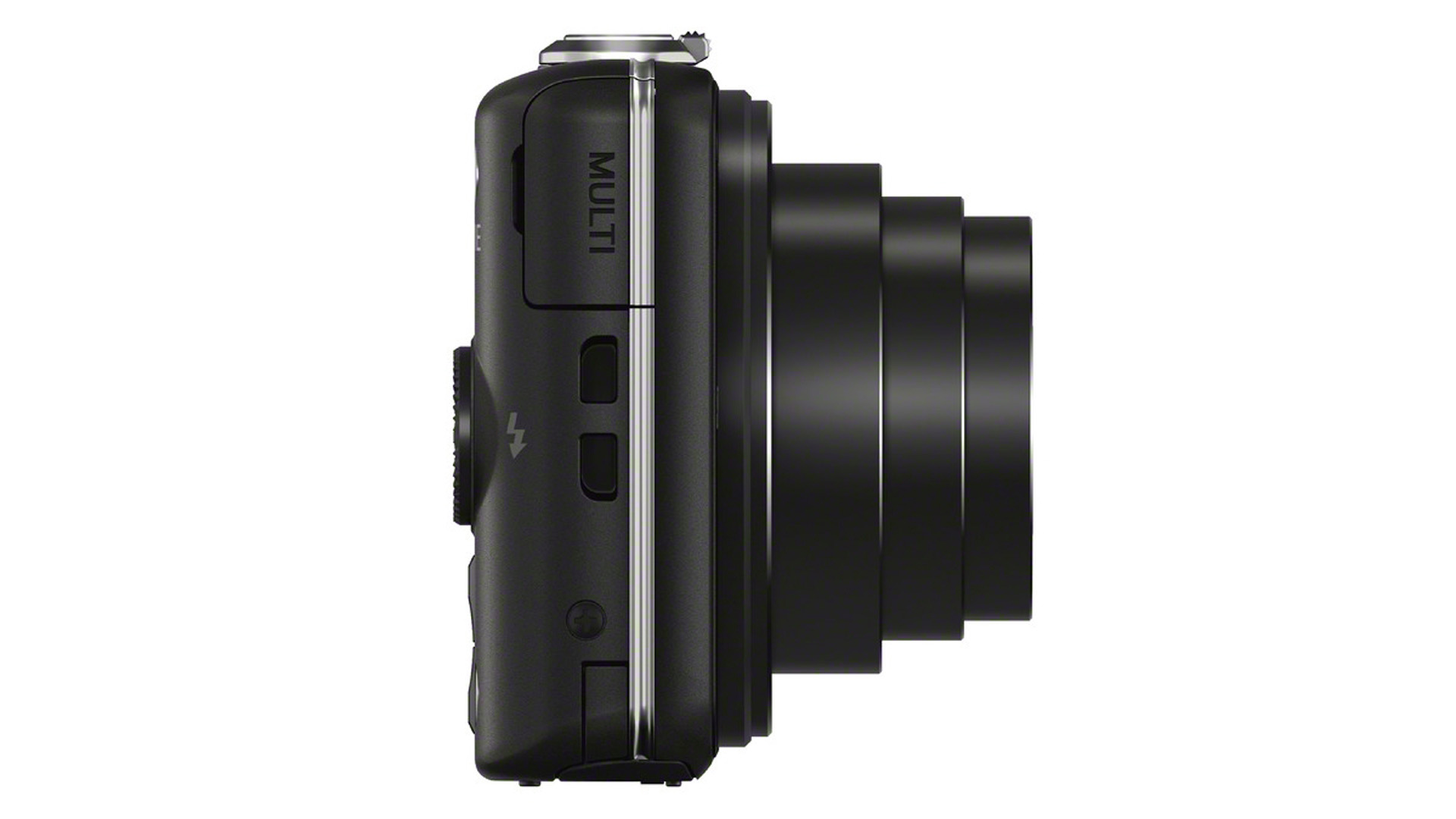

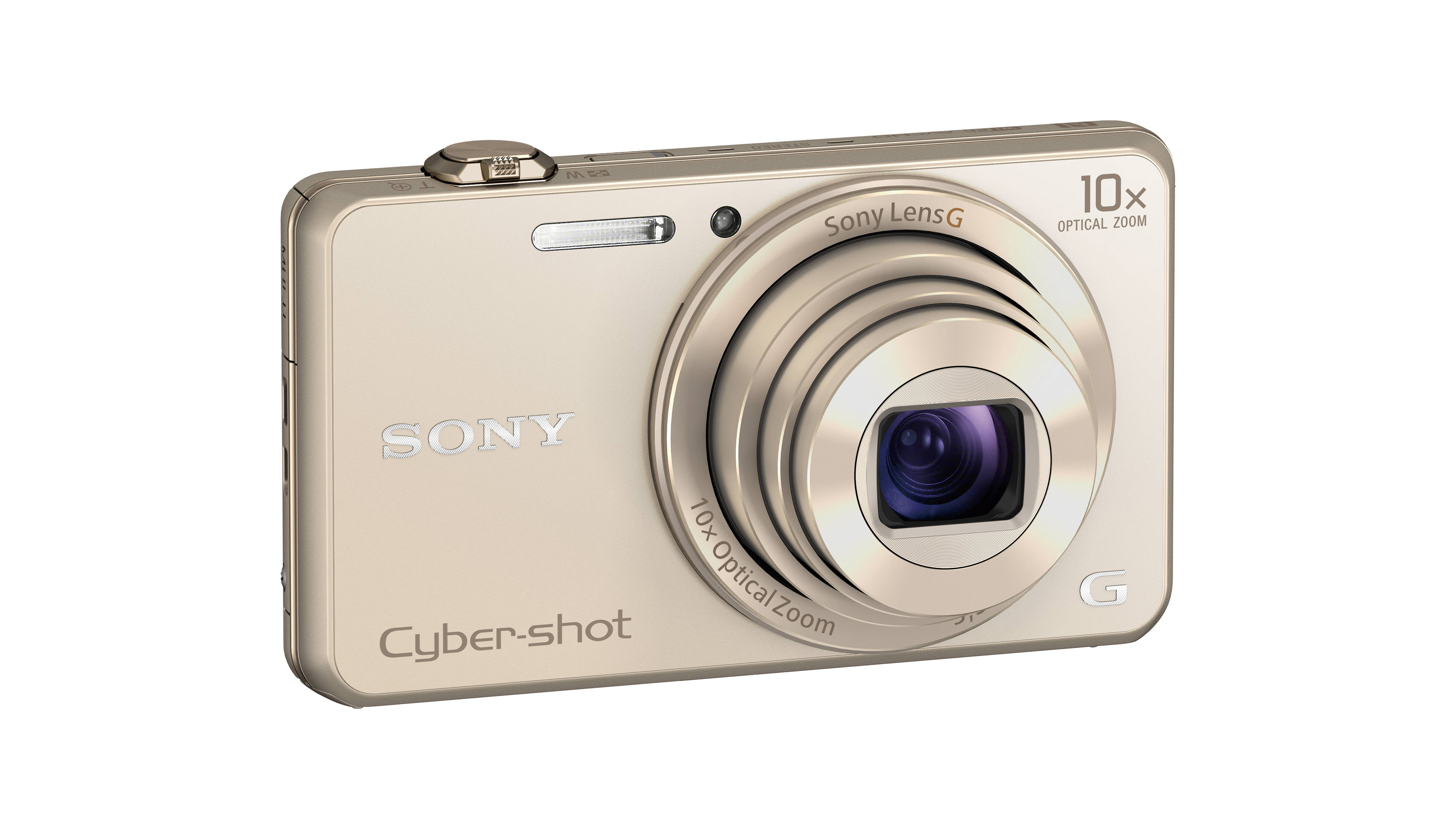
Sony Cyber-shot WX220: build and handling
- Would fit very easily into the majority of pockets
- There are relatively few buttons on the Cyber-shot WX220
- Using the built-in Wi-Fi or NFC is very easy
The Cyber-shot WX220 is a pretty tiny camera, and would fit very easily into the majority of pockets, tight or otherwise. What makes its small size even more incredible is the 10x zoom, which the camera includes. That's nowhere near the longest available for a compact camera, but it's impressive to fit such a range into such a tiny body.
There's no grip on the front of the camera, or thumb rest on the back of it, but it still feels pretty secure in the hand – perhaps due to its light weight, it doesn't feel like something that you'll drop easily. Those with larger hands will need to be careful not to obscure the flash with their finger when holding it due to the small size of the camera.
As expected, there are relatively few buttons on the Cyber-shot WX220. On the top of the camera is the on/off switch, along with the shutter release. Around this button is the zoom lever, which feels pretty sturdy and in practice makes zooming in and out smooth and fluid.
On the back of the Cyber-shot WX220 is a scrolling dial, which doubles up as a four-way navigational pad. Each of the directional keys offers a different function. For instance, pressing left accesses the drive mode and self-time options, while the right button accesses flash options.
If you navigate to Program Auto mode you can make changes to different settings, such as white balance and sensitivity
A dedicated movie button is found at the top-right back of the camera. It's recessed deeply enough into the body of the camera to make it unlikely that you'll accidentally press it, which is a nice touch. Pressing the central button of the four-way pad allows you to change the shooting mode. You'll find two automatic modes, as well as Sweep Panorama, Scene and Program Auto mode here.
If you navigate to Program Auto mode you can make changes to different settings, such as white balance and sensitivity. You'll need to make these changes through the menu system, which can be a bit long-winded, especially if you're not used to the Sony menu system.
Using the built-in Wi-Fi or NFC is very easy. Once you've made the initial connection via Wi-Fi, your phone should remember the camera's password. You have to connect the camera to the phone each time you want to do something, which can be a little laborious, but if you have an NFC enabled device, this process is significantly quicker.
Sony Cyber-shot WX220: performance and image quality
- 18.2MP sensor is capable of resolving a good amount of detail
- Colors from the camera are bright and punchy
- Autofocusing speeds are satisfactory
Despite its cheap price point, we still had reasonably high hopes that the Cyber-shot WX220 would be a good performer, and we haven't been disappointed.
The 18.2MP sensor is capable of resolving a good amount of detail. Looking at pictures at 100% does reveal some image smoothing in some areas of the image, but it's to be expected from sensors of this size, and is certainly not the worst we've seen.
Examining very high sensitivities very closely, you will notice some loss of detail and a fair amount of noise, but it's actually pretty good for such a high ISO on a camera of this class, and certainly better than not being able to get the shot if you can't use a flash. If you view images taken at ISO3200 at normal printing sizes, such as A4 or below (or normal web sharing sizes) they are more than useable, and actually give a good impression of detail.
When shooting at high sensitivities, Multi-Frame Noise Reduction technology takes a number of shots in quick succession, merging the cleanest areas of each image into one final image. It's certainly worth using this.
The automatic white balance setting does a good job of producing accurate colors, erring slightly towards warmer tones when faced with artificial ones
Looking at images taken at mid-range sensitivities, such as ISO800-1600, these again appear to be detailed at normal printing and web sizes, but lose some of their sharpness upon close, detailed inspection. Of course the question is how often the average user of a camera would do that.
Colors from the camera, as we've come to expect from Sony, are bright and punchy, without being overly vibrant and saturated. The camera's metering system generally does a good job of producing well-balanced exposures.
The automatic white balance setting does a good job of producing accurate colors, erring slightly towards warmer tones when faced with artificial ones. That's a pretty common adjustment made by compact cameras. If you find this problematic, you can switch the white balance setting under Program Auto mode.

Click here to see the full-size image

Click here to see the full-size image
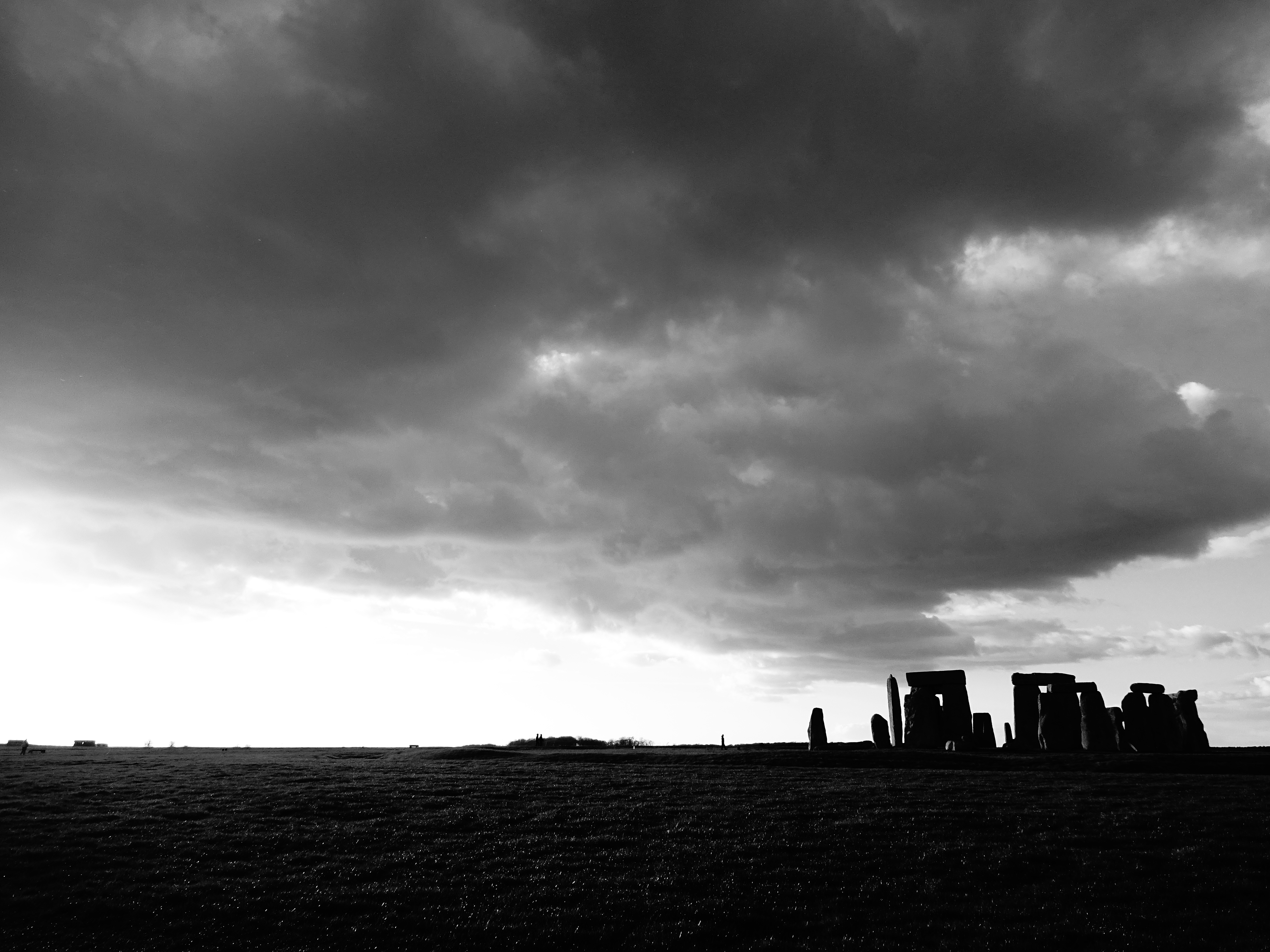
Click here to see the full-size image
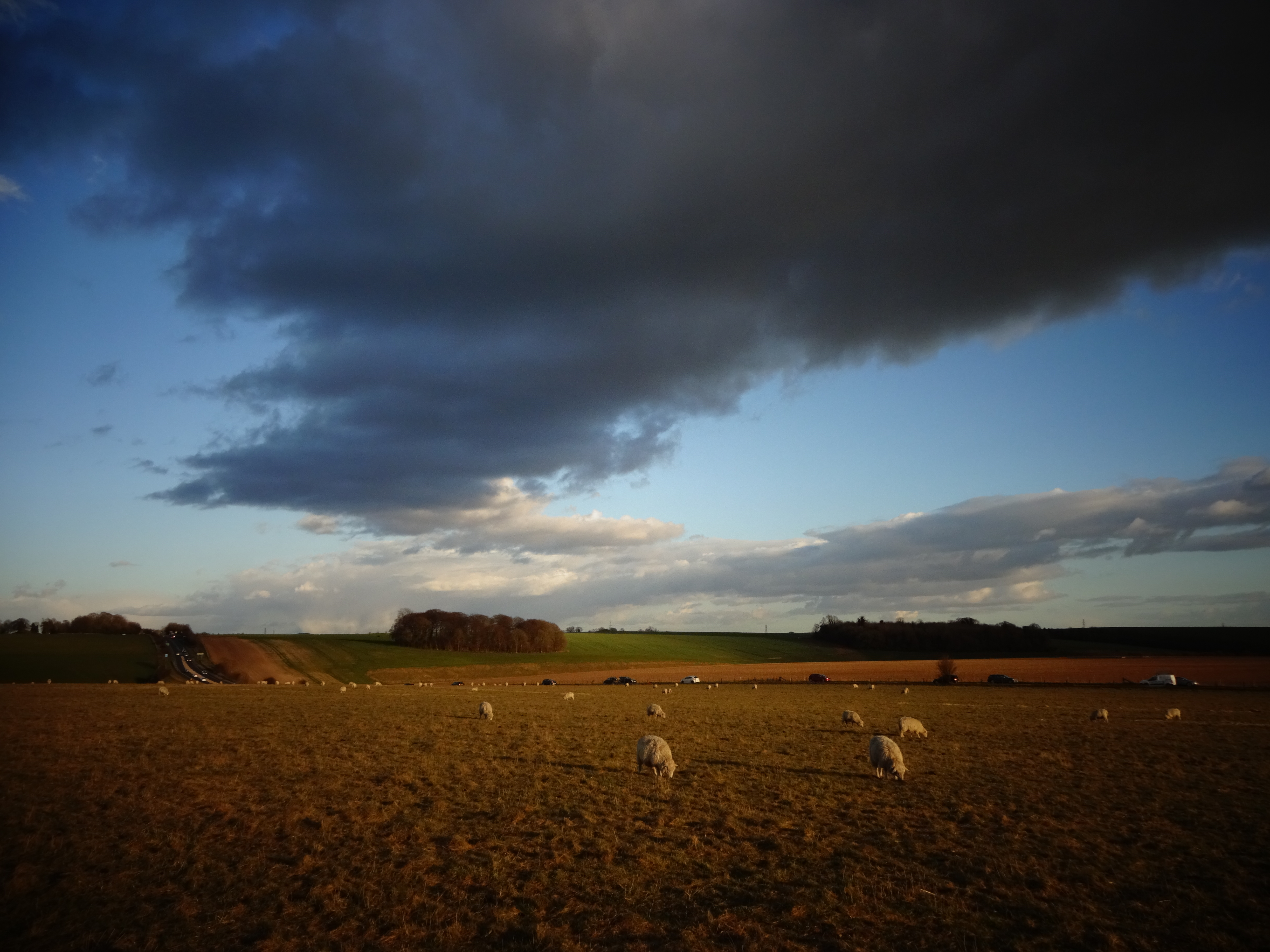
Click here to see the full-size image

Click here to see the full-size image

Click here to see the full-size image
Perhaps the most important consideration is the headline feature, the 10x optical zoom performance. At the full stretch of the telephoto optic, Sony's Optical Image Stabilisation does a good job of keeping the shot steady and blur-free, while also helping to maintain a steady shot when composing the image. Digital zoom is also decent, if you need that extra reach. Again, if you start examining an image at 100%, you will notice a degradation in quality from the optical zoom performance, but at normal sharing sizes, it's useful if you can't get close enough to the subject.
Autofocusing speeds are satisfactory, locking onto the subject matter quickly and accurately when shooting in good light. In lower light conditions, the camera may hunt around a little bit to acquire focus, but it's only if you're attempting to shoot in extremely dark conditions that the camera will struggle – although an autofocusing assist lamp does help on that front.
Sony Cyber-shot WX220: verdict
Images have great colors, being bright and punchy, while the detail resolution is good, especially when printing at normal sizes or sharing online.
In some respects, Sony has played it safe with specs – the screen for instance. While it's a shame that it's not touch sensitive, that probably helps to keep the price down.
Having built-in Wi-Fi is starting to become standard, but it's nice to see it on a budget compact like the WX220, and using it in practice is also pretty easy and useful to have if you like to share your images quickly. We can see the remote control aspect also being useful in group or family shooting situations.
The range of creative options available for the WX220 are pleasing, with a good range of digital filters that are worth experimenting with. Our favourites are Toy Camera and High Contrast Mono, but yours will be down to personal preference. Sweep Panorama is also excellent, too.
If you do find yourself wanting to change settings, it can be a little bit of a convoluted process having to go through Sony's extensive menu system. That said, this isn't really a camera aimed at those who want to change things often, so it's not hugely surprising. It would have been nice to have a function button though.
A solid performer then, the Sony Cyber-shot WX220 ticks a lot of boxes. If you don't want to spend a lot of money, but still want something which can take good pictures, are interested in the zoom performance and are tempted by the range of creative options, you won't go far wrong with this camera.

Amy has been writing about cameras, photography and associated tech since 2009. Amy was once part of the photography testing team for Future Publishing working across TechRadar, Digital Camera, PhotoPlus, N Photo and Photography Week. For her photography, she has won awards and has been exhibited. She often partakes in unusual projects - including one intense year where she used a different camera every single day. Amy is currently the Features Editor at Amateur Photographer magazine, and in her increasingly little spare time works across a number of high-profile publications including Wired, Stuff, Digital Camera World, Expert Reviews, and just a little off-tangent, PetsRadar.
